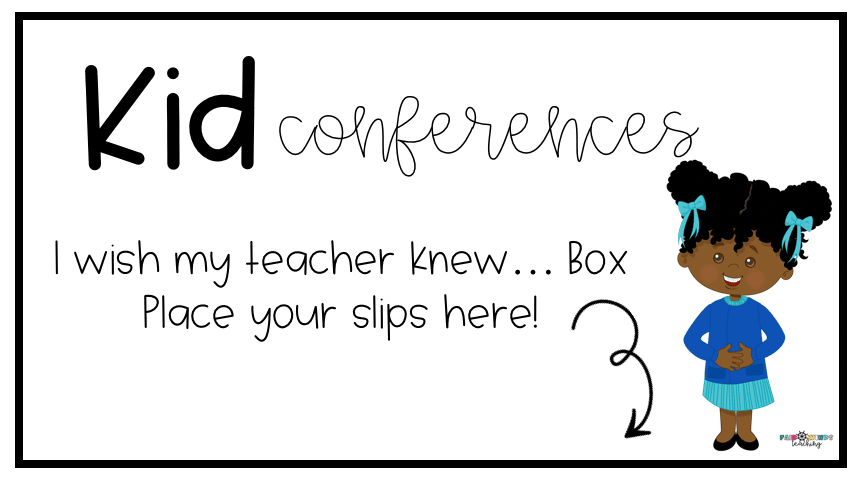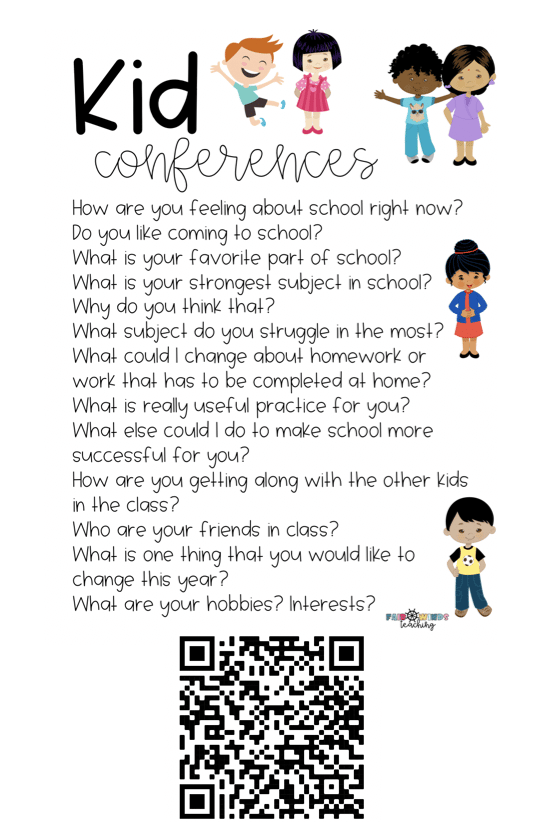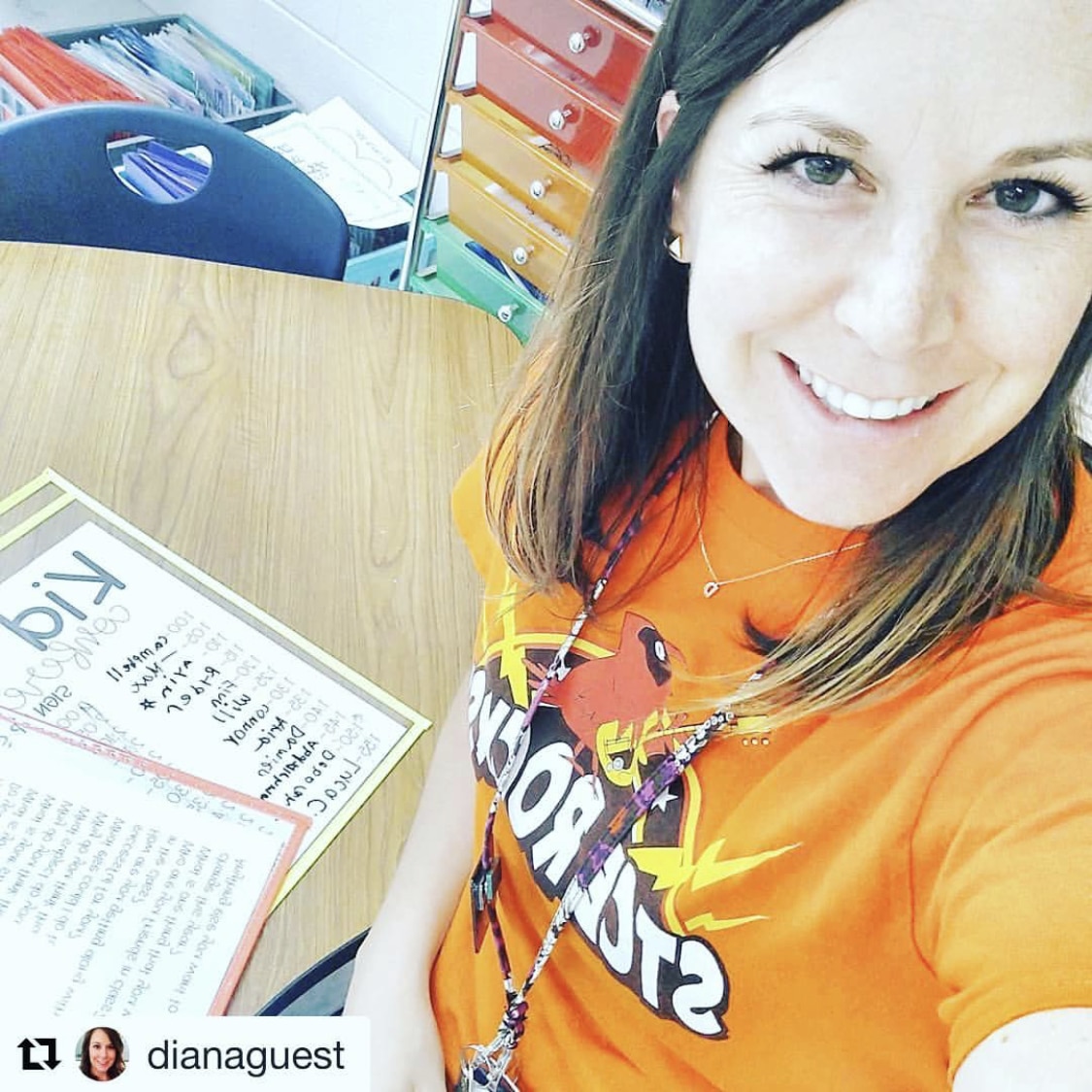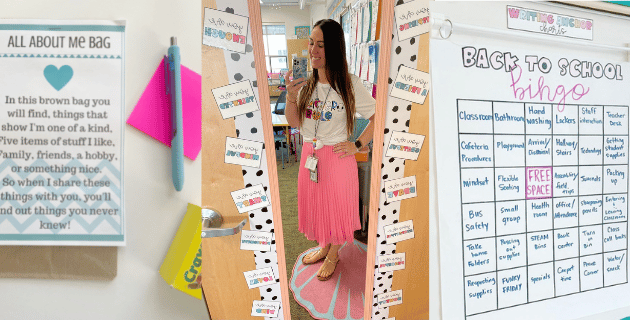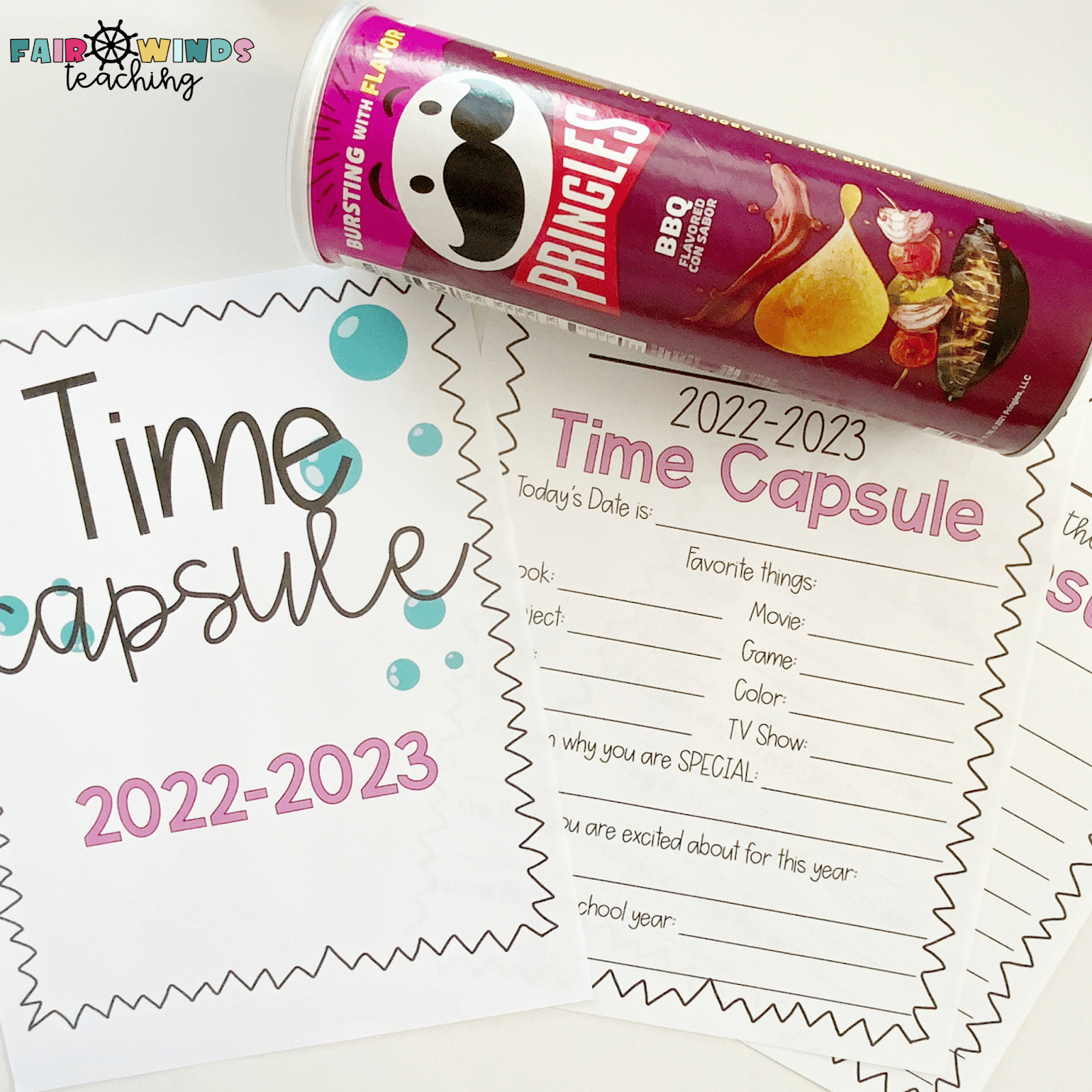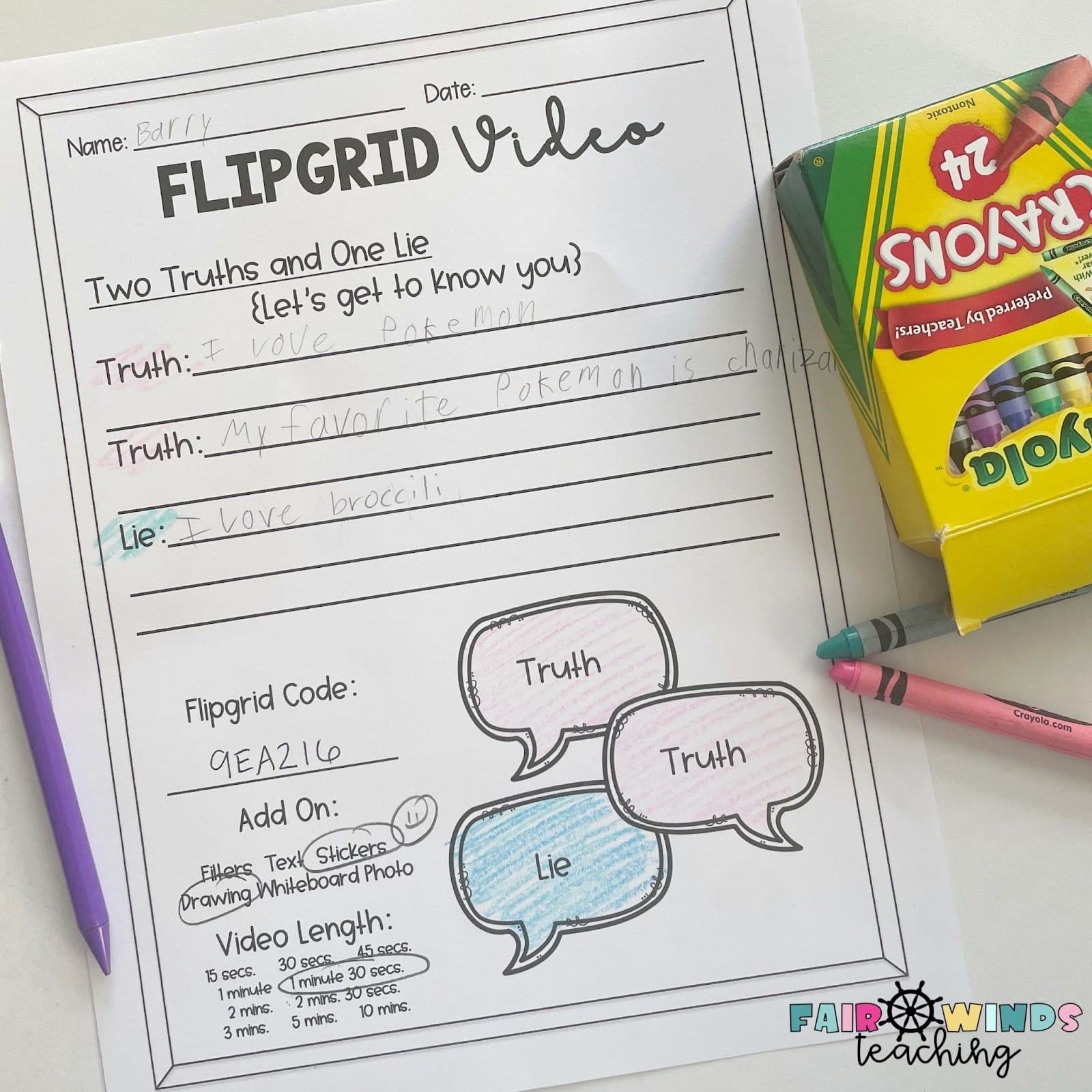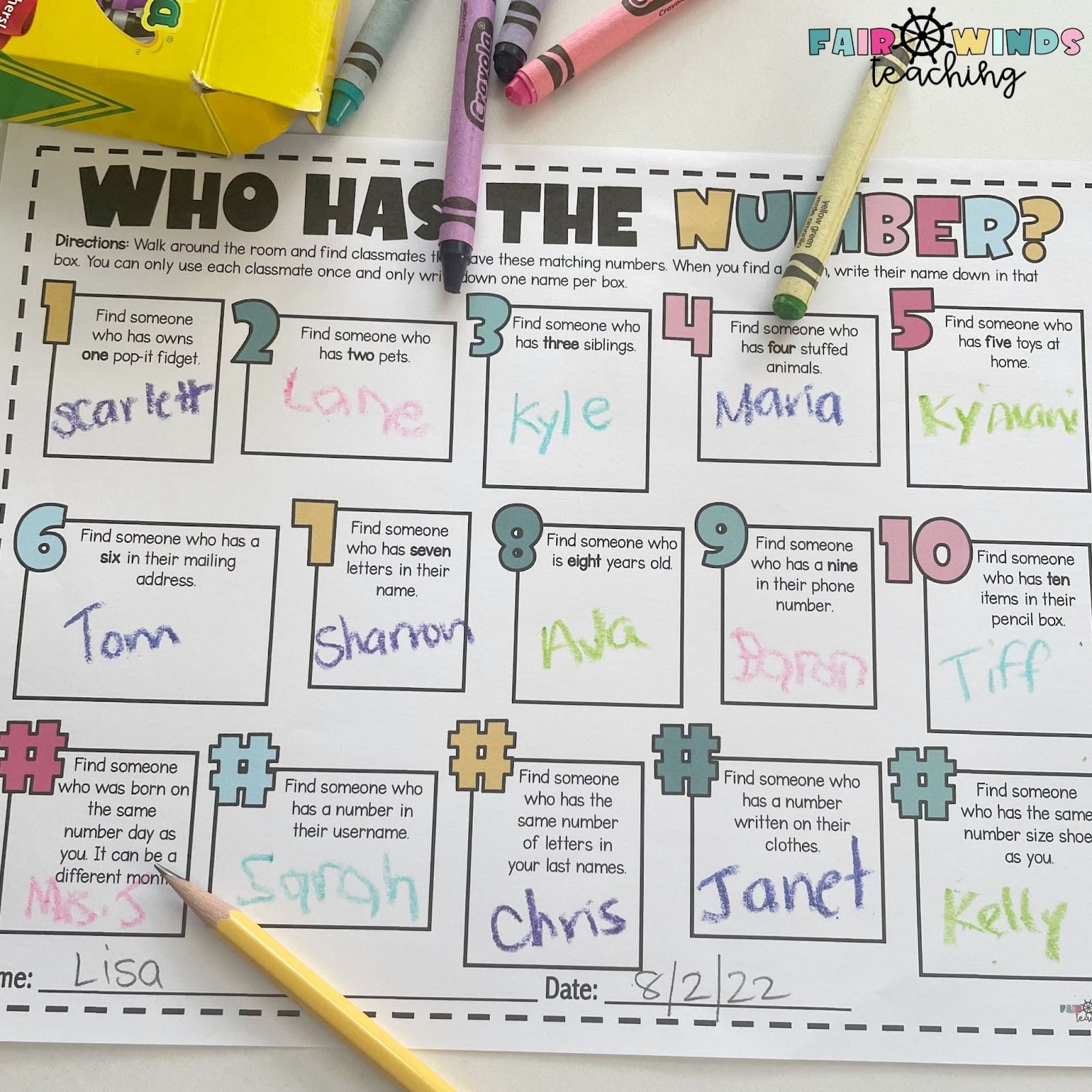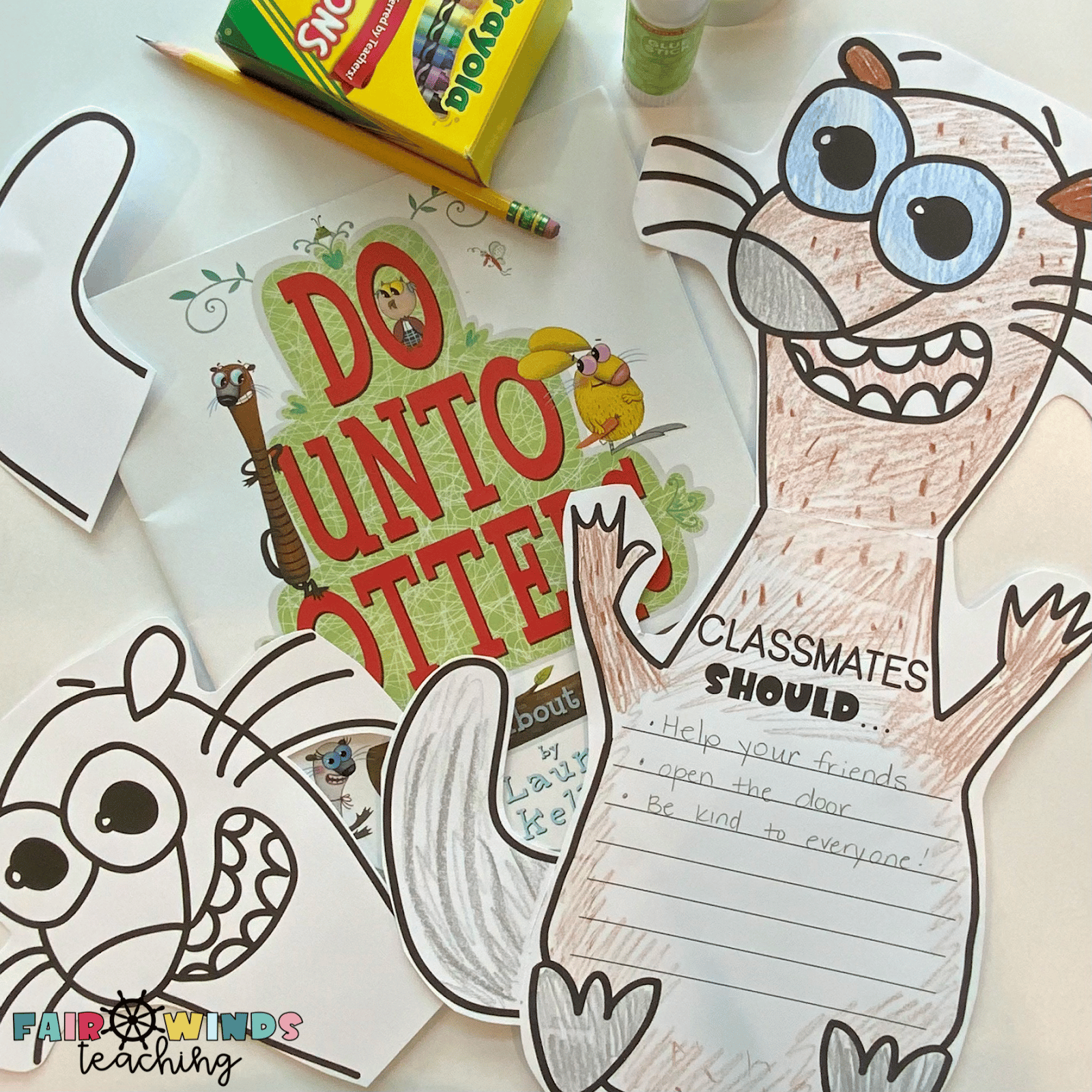
by California Casualty | Finances, Homeowners Insurance Info |
A home inspection is an important part of buying and selling a home. In fact, it can make or break a sale. That’s why the questions you ask your home inspector are so important.
We’ve compiled a list of questions so you can get the most out of your home inspection. Keep this list handy and share it with anyone who is buying or selling a home.
First, a quick explanation about home inspections vs. home appraisals…
It’s easy to confuse home inspections with home appraisals. The processes are similar.
- A home inspector looks at the condition of a home and its systems, from electrical and plumbing to heating and ventilation, foundation, and more. He or she points out any areas of major concern. These are repairs that can be negotiated before the home is sold. Otherwise, the home inspection report is a “to do” list for the future homeowner.
- A home appraiser’s job is to estimate the value of the home. He or she looks at the condition of the house and notes any upgrades. The appraiser compares the home to similar ones in the area. Then, they establish a value and share it with the lender. That way the loan amount does not exceed the value of the home.
Most lenders require home inspections for loan approval. If you’re buying a home, the home inspection helps you know exactly what you’re getting. If you’re selling a home, you may consider doing a pre-listing home inspection. That can flag any major issues that could cause buyers to withdraw their offer.
Here’s what to ask your home inspector before and during the inspection.
What are your credentials?
Maybe your realtor referred you to a home inspector. Maybe you found him or her through Google, a Facebook neighbors’ group, or old-fashioned word of mouth. Either way, you want to make sure your home inspector has the right training and experience.
- How long have you been doing this?
- Do you belong to a state or national association?
- Do you participate in any continuing education?
- Are you bonded and insured? (If anything happens to the property during an inspection, the bond will protect the homeowner.)
- May I get references from satisfied clients?
- May I get a copy of your inspector’s license and insurance?
What are the payment details?
Home inspection is a service that is paid for by the person requesting the inspection. It could be the prospective homebuyer, or it could be the seller who wants to make sure everything is in order before placing the home on the market. Home inspection costs vary, depending on the region, size, and age of the house.
- What will the home inspection cost?
- When do you need payment? (Most inspectors will need payment immediately after the inspection.)
- What type of payment do you prefer?
What does the report look like?
You want to know what you’re purchasing ahead of time, and an easy way to do that is to see a sample inspection report. You’ll be able to see your inspector’s reporting style, whether there are pictures, etc.
- Can I see a sample report?
- Do you provide digital photos?
- How long after the inspection do you provide the report?
- How do you send it?
What does the inspection cover?
A home inspection should comply with standard practice and meet all requirements in your state. If you live in a condo, your inspector does not have to inspect the common spaces, roof, or exterior walls. For single family homes and townhomes, you can expect the full home to be reviewed. However, this may not include radon or mold, so double check if you need additional inspections for those hazards.
- Do you walk the roof? (It’s better if your inspector does. Some just use binoculars to eyeball any roof damage.)
- Do you do sewer line or septic tank inspections?
- Do you test for radon or mold?
- Do you test for lead (for homes built before 1978)?
- Do you test for carbon monoxide or check the smoke detectors?
- What does the inspection not cover?
May I attend?
You should be allowed to attend your home inspection, and it’s a good idea. (It’s also a red flag if your inspector says you are not allowed. Consider getting another inspector.) It takes about 2-3 hours for a typical single family home inspection, so be sure to allocate enough time. Come prepared with a list of questions. This is a great learning experience about your new home.
- Where is the main water shutoff?
- Where is the main electrical breaker?
- What is the age of the home’s systems? The roof?
- What is the routine maintenance needed for each of the home’s systems?
- What kind of pipes does the home’s plumbing system have (e.g. copper, CPVC water piping or polybutylene)? Polybutylene is defective water piping that is no longer being made.
- Are there any ungrounded outlets? These can become a fire hazard or short-circuit your appliances.
- Is the home well insulated? This will impact your energy bill.
- Does the home appear to be a flip (and therefore lower quality materials used in the renovation)?
Pro Tip: Verify that all permits have been pulled by the city or county for any renovations to the home. Failure to do so can tip you off that there were corners cut.
What should I do about the problems identified?
If you’re the buyer, you can use the problems as a negotiating point with the seller. If the problems are too costly, or living conditions are unsafe, you could walk away from the sale. While some states and associations forbid an inspector from performing repairs, you can ask your home inspector for guidance.
- Can you recommend a professional for this repair?
- What would you fix first if this were your home?
- Will you answer questions after the inspection?
- Do you perform re-inspections of a home to make sure everything is fixed? Not all inspectors do this due to liability issues.
With a successful inspection behind you, you’re ready to take the next step as a new homeowner. Protect your new home with the right insurance. Looking for a quote? Call us today.
This article is furnished by California Casualty, providing auto and home insurance to educators, law enforcement officers, firefighters, and nurses. Get a quote at 1.866.704.8614 or www.calcas.com

by California Casualty | Educators |
Our Education Blogger is a public school teacher with over a decade of experience. She’s an active NEA member and enjoys writing about her experiences in the classroom.
Virtual field trips allow students and teachers to go beyond the classroom, and even their own country and planet, to experience a variety of adventures all from the convenience of their seats at school.
They are a great end-of-the-year activity to help students have fun and really engage with their classmates. You can develop lesson plans and activities to complement your “trip”.
Here are some fun, educational, and free field trips to take with your class this May.

Museums
Smithsonian National Museum of Natural History Virtual Tour
This comprehensive virtual tour presentation allows visitors using a desktop computer (Windows, Mac, Linux) or a mobile device (iPhone, iPad, Android) to take virtual, self-guided, room-by-room tours of select exhibits and other areas within the natural history museum building as well as select research and collections areas at our satellite support and research stations and even past exhibits no longer on display.
The United States Holocaust Memorial Museum
The Museum’s collections database contains more than 270,000 records, including photos and albums—Images of life before, during, and after the Holocaust; Personal stories—Interviews, home movies, memoirs, and diaries; films—historical footage and contemporary films about the Holocaust.
National WWII Museum
The Online Learning Series allows an unprecedented look into the Museum’s collection for those WWII enthusiasts the Museum can’t always reach in person.
The Louvre
Visit the museum’s exhibition rooms and galleries, and contemplate the façades of the Louvre.
The Van Gogh Museum
The Van Gogh Museum in Amsterdam houses the largest collection of artworks by Vincent van Gogh (1853-1890) in the world. The permanent collection includes over 200 paintings by Vincent van Gogh, 500 drawings, and more than 750 letters. Discover his work, read stories, walk the museum, and more.
Virtual Colonial Williamsburg
Immerse yourself in an interactive 3D model of Virginia’s 18th-century capital. The project integrates architectural, archaeological, and historical information, presenting the city as it has not been seen in more than 200 years.

Go On A Journey
Reach The World
Since 2009, 930 travelers have shared their journeys online with more than 17,000 youth in the U.S., publishing more than 16,000 first-person travelogues in the process. By using technology to enable youth to form relationships with global travelers, RTW is sparking a process of personal development that can truly be described as “reaching” the world!
National Aquarium
Visit the famous, Baltimore aquarium where kids can have fun learning while exploring different regions, like the tropics and the tundra.
Seattle Aquarium
Take a tour of the wonderful Seattle Aquarium, watch live webcams and videos, download animal infographics, factsheets, and more!
Monterey Bay Aquarium
Experience the wonder of the ocean wherever you are with 10 live webcams including penguins, spider crabs, jellyfish, and sharks. Read animal stories, learn about their habitats, and more.
San Diego Zoo
The San Diego Zoo has ten live cams to choose from! The zoo also has a website for kids that is full of videos, activities, stories, and games!
Smithsonian’s National Zoo
See giant pandas, elephants, lions, and naked mole rats on animal cams streaming live, 24/7 from the Smithsonian’s National Zoo and Conservation Biology Institute. Enjoy free webinars on their website AND download Animal Cam Bingo Cards.
National Parks
Take a trip to a national park from wherever you are! Many national park sites across the country offer digital tours and experiences that you can access anytime, anywhere. From digitally diving under the sea to watching webcams of the cherry blossom trees bloom, there are countless ways to enjoy a park experience online.

World Destinations
New York City and Ellis Island
Take a virtual tour of one of the most famous cities in the world, and explore its top tourist destinations like Madison Square Garden and the Empire State Building. And then head on over to Ellis Island and take their “Coming to America” virtual tour.
Goodrich Castle
Located near the Anglo-Welsh border, Goodrich Castle is one of the finest and best-preserved of all English medieval castles. Take a virtual tour of the castle, learn its ownership and siege history, what life was like in a medieval household, and more.
Buckingham Palace
Explore this magnificent building via virtual tours. The first tour will take you to the Grand Staircase. Click on the small images below to access further tours of the White Drawing Room, the Throne Room, and the Blue Drawing Room. And then scroll to the bottom to read about the events, residents of the palace, and more.
The Great Wall of China
From the sea to the desert, walk the Great Wall of China, read about its history, and uncover secret stamps within its bricks!
The Pyramids of Egypt
Take a 360-degree virtual reality tour of the Egyptian Pyramids and then brush up on your history with Smithsonian Journeys: Ancient Egypt and the Nile
Rome & the Colosseum
Take a journey around the iconic sights of Rome with this virtual tour of the historical centre and the Colosseum.
The Eiffel Tower
The best panoramic views from the Eiffel Tower, both day and night. The mobile guide lets you admire Paris as if you were on the 2nd floor, or at the Tower’s summit. Scan the horizon to the right or left, activate night mode, and zoom in to see Notre Dame Cathedral, Place de la Concorde, the Hôtel des Invalides, and many other Parisian monuments. You can even click the description at the bottom to learn more about what you are seeing.

& More!
National Geographic Education
National Geographic Education brings geography, social studies, and science to life. Using real-world examples and National Geographic’s rich media, educators, families, and students learn about the world and the people in it.
Google Arts and Culture Street View and Google Arts and Culture Places
Tour famous sites and landmarks around the world.
AirPano
AirPano is a project created by a team of Russian photographers focused on taking high-resolution aerial 360° photographs and 360° video. Today AirPano is the largest resource in the world — by geographical coverage, a number of aerial photographs, and artistic and technical quality of the images — featuring 360° panoramas and 360° videos of the highest quality shot from a bird’s eye view.
Your students can also explore Disney World with our fun Virtual Tour of Disney World rides!
Happy “touring” 😉
This article is furnished by California Casualty, providing auto and home insurance to educators, law enforcement officers, firefighters, and nurses. Get a quote at 1.866.704.8614 or www.calcas.com.

by California Casualty | Auto Insurance Info |
A new driver in the household can really impact your auto insurance rates. This is because teen drivers ages 16 -19 are more likely to be involved in accidents than any other age group. If you’re the parent of a teen who just got their license, learning how you can save on your auto insurance is a necessity.
Here are 7 ways you can control your car insurance premiums and get discounts with a teen driver.
1. Shop for coverage
Whether you stick with your current auto insurance carrier or you plan to shop around, make sure that you go with an insurance company that will quote your new driver for free and let you know upfront any benefits or discounts that you may be eligible for.
2. Enroll them in a driver safety education course
Most insurers will reward teenage drivers who complete a driver’s education or safety course with a discount. By passing the course your teen can prove they have the knowledge and skills behind the wheel to avoid an accident.
3. Take advantage of good student discounts
Good grades don’t only help your teen out in the classroom, they can also qualify for a ‘good student discount’ with your auto insurance provider. Talk to your insurance agent to see how much you can save by turning in your child’s report card.
4. Purchase a reliable vehicle with a good safety rating
We all know that the costs of our vehicles directly influence what we will pay for auto insurance. Before you go car shopping with your teen talk to your insurance agent and see how much it would be to insure a newer car vs. an older car. Don’t forget to ask about any discounts or rewards for safety ratings or features like airbags, anti-lock brakes, seatbelt alarms, and power steering.
5. Limit the miles they drive
Miles driven can also affect the cost of your insurance. This is because the longer you are on the road, the more likely you are to have an accident. So, one of the best ways to avoid a rate increase is to keep mileage to a minimum. Limit your teens driving to work, school, and only in-town functions and you may qualify for low-mileage discounts.
6. Bundle your protection and save
Instead of getting your teen their own suit insurance policy, you can save by adding them to your existing policy. And you can save even more each month with the ‘insurance bundle discount’- when you add your auto insurance policy onto other policies that you have with your carrier, like your homeowner’s insurance or renter’s insurance policy.
7. Drive SAFE!
The best way to save money (and stress) is to teach and emphasize the importance of safe driving. It will not only prevent a costly accident, but it will give you peace of mind, as a parent, that your new driver is doing everything they can to stay safe on the road.
There’s no greater value than knowing your family is properly protected.
This article is furnished by California Casualty, providing auto and home insurance to educators, law enforcement officers, firefighters, and nurses. Get a quote at 1.866.704.8614 or www.calcas.com.





